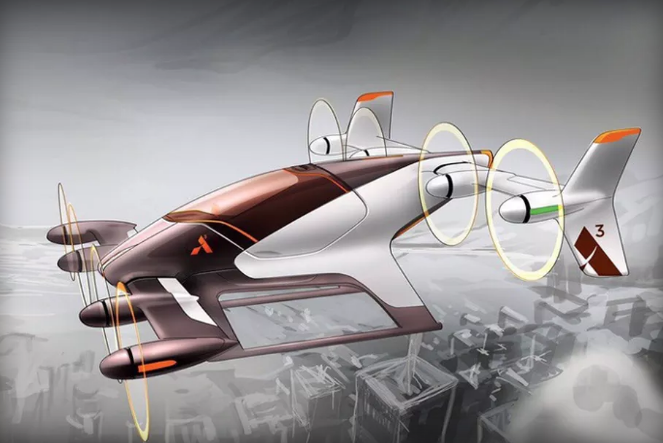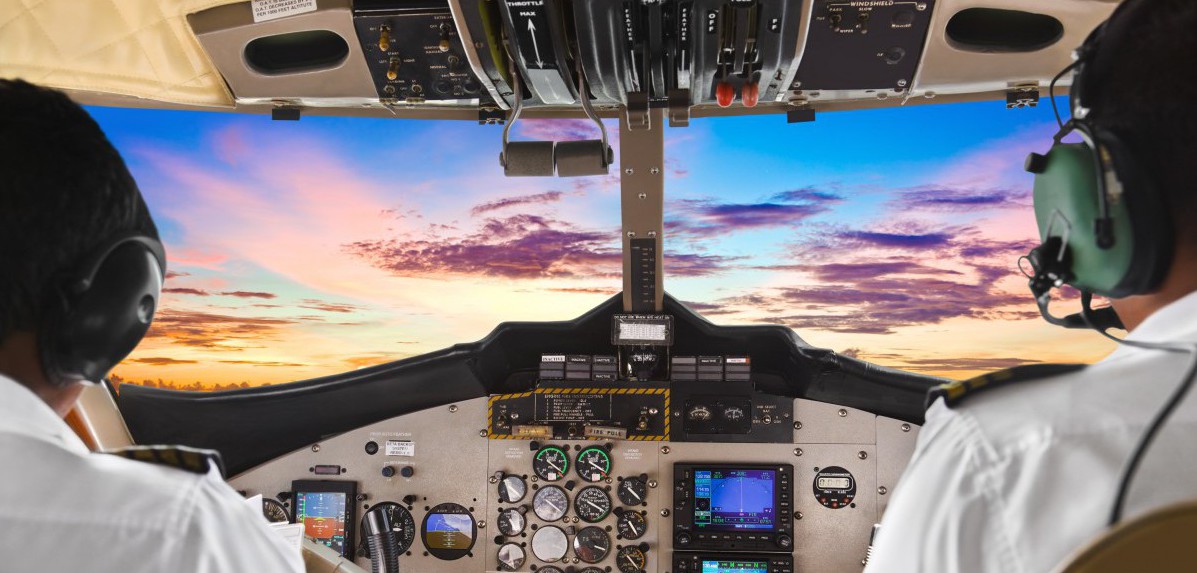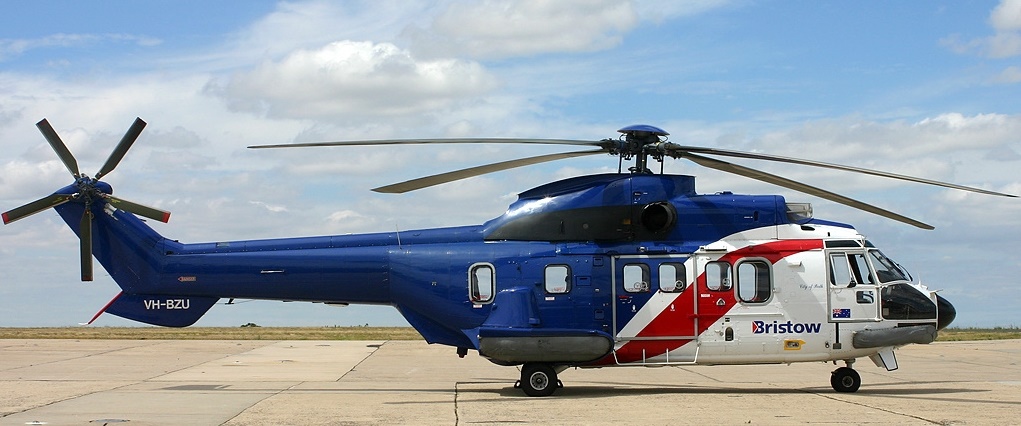Airbus VTOL Accelerating into the Urban Air Mobility Market
- By -
- DOT, FAA, Latest News
- airbus vtol
Airbus VTOL accelerating into the Urban Air Mobility Market. The European aerospace superpower is revving up its amazing efforts within the urban air mobility market, increasing the possibilities for electric-powered vertical-takeoff-and-landing (VTOL) aircraft to revolutionizing the way people move around within cities with hybrid air / ground solutions. Over the past year, the aerospace giant has revealed its plans to fly two electric VTOL demos with a single-seater by year-end under Project Vahana in addition to their multi-passenger CityAirbus by the end of 2018. Airbus has created a leading-edge urban air mobility program within their corporate technology office and has announced plans to enter the vertical takeoff and landing (VTOL) aircraft market by 2020 under the brand Vahana, the first major invention of A³ (pronounces as A-cubed) which some have identified as the European equivalent to Silicon Valley outpost of the European aerospace super power. A³ CEO Rodin Lysaoff cleverly describes it as an aircraft built for a single passenger that “doesn’t need a runway, is self-piloted, and can automatically detect and avoid obstacles and other aircraft.” Airbus has already completed the design which resembles a helicopter cut in half with eight rotors on two wing that tilt allowing for the VTOL to move around both vertically and horizontally.
Also Urban Mobility Takes Shape with Airbus VTOL Pop.Up
During the 87th Geneva International Motor Show, Italdesign and Airbus world-premiered Pop.Up, the first modular, fully electric, zero emission concept vehicle system designed to relieve traffic congestion in crowded megacities. Pop.Up envisages a modular system for multi-modal transportation that makes full use of both ground and airspace.
As these advancements in air transportation literally take off, there are many questions and concerns that may result related to governance and regulations, especial in terms of passenger safety, security, and aviation training. Automation of pilot / driver controls may alleviate such concerns, however, transportation officials will need to be prepared to keep up with this groundbreaking market on the brink of our everyday reality.
Sources: Airbus; Vahana.














